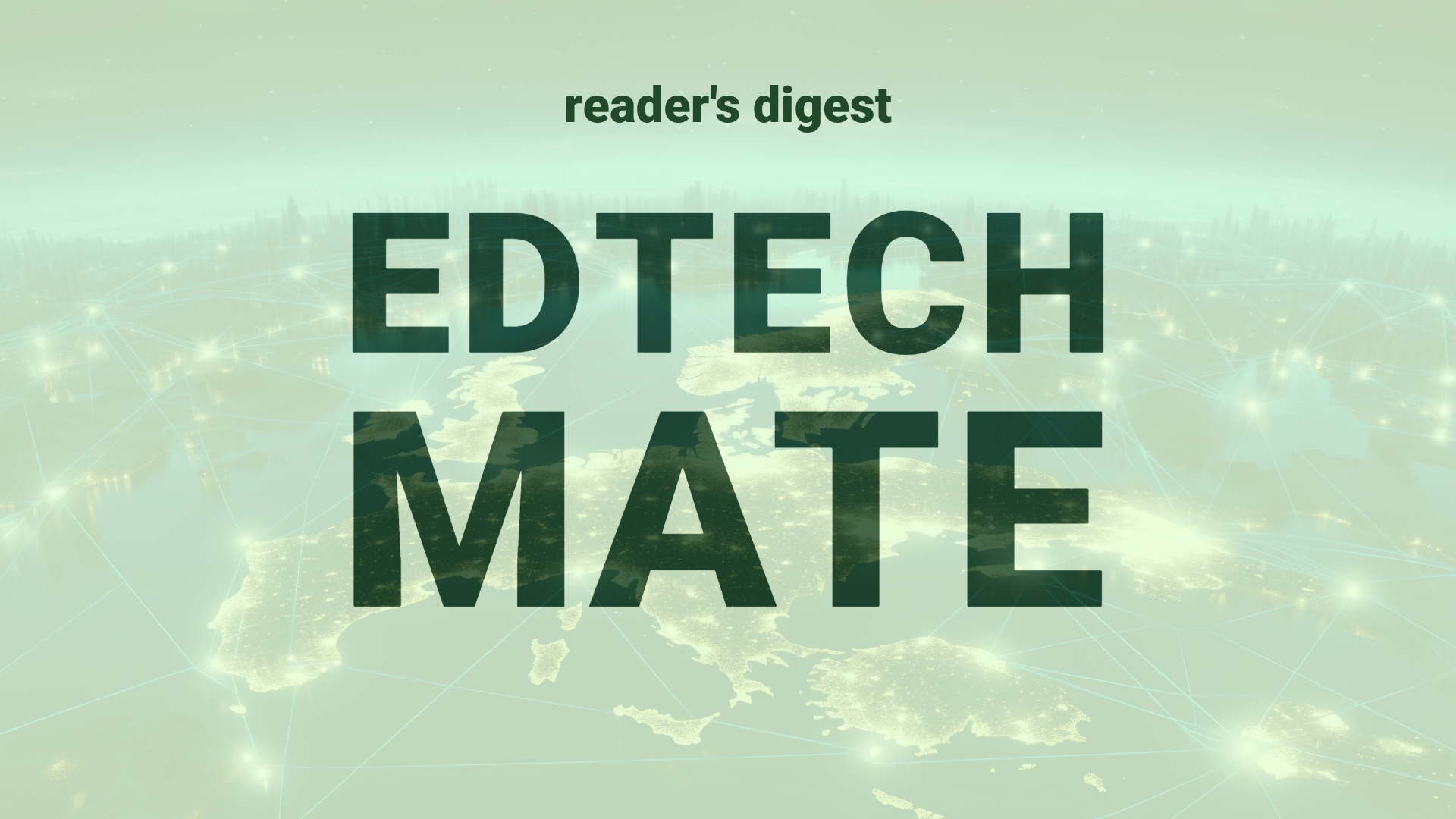Executive Summary and Main Points
In the evolving landscape of global higher education, the integration of educational technology plays a pivotal role. Key innovations emerging from enterprise software providers like SAP are indicative of broader trends within the sector. Data from DSAG, representing SAP users in German-speaking regions, shows a cautious shift towards cloud-based solutions such as S/4HANA, although traditional ERP systems like ECC 6 remain predominant. While there is a rising interest in cloud services, perspectives on SAP’s cloud migration are mixed, with calls for further dialogue. Concurrently, security and AI are emphasized as crucial future-focused topics, with AI investments seeing considerable growth, demonstrating a clear trajectory towards digital transformation within enterprise ecosystems.
Potential Impact in the Education Sector
The digitization trends observed among SAP’s user base can have significant implications for Further Education, Higher Education, and the burgeoning sector of Micro-credentials. As institutions explore strategic partnerships with tech giants, the integration of cloud-based and AI-oriented solutions could streamline operations, foster data-driven decision-making, and enhance learning experiences. The gradual shift towards platforms such as S/4HANA may inspire educational institutions to adopt more agile and interconnected digital infrastructures. Strong emphasis on security ensures that the digital transition also considers data protection, an essential component for maintaining trust in educational environments.
Potential Applicability in the Education Sector
AI and digital tools offer a canvas for innovative applications in global education systems. For instance, a unified data layer like SAP’s Datasphere could empower universities to better utilize data analytics for personalized learning and operational efficiency. Moreover, process mining capabilities acquired from Signavio can automate and optimize academic and administrative workflows. This can lead to improved resource allocation and potentially enhanced student outcomes through more focused interventions and streamlined educational pathways, elevating the efficacy of higher education delivery.
Criticism and Potential Shortfalls
Despite the promise of SAP’s strategic forays into AI and cloud, criticisms persist. The perceived lag in becoming a transformative partner when compared to leaders like AWS or Google Cloud raises concerns. Furthermore, comparative international case studies may reflect varying levels of readiness and appetite for such transformations, consequently affecting the uniformity of adoption. Given the complexity of SAP’s install base, extended timelines for fruition may deter stakeholders accustomed to more rapid advancements. There is also the potential for ethical and cultural implications, particularly in the management of student data and the alignment of AI applications with diverse educational values.
Actionable Recommendations
For international education leadership intending to embrace these technologies, it is advisable to start with pilot projects that leverage cloud and AI tools in non-critical operations to gauge effectiveness and build confidence among stakeholders. Strategic insights suggest forming consortia for shared learning and cost. Furthermore, establishing partnerships with tech providers for customized solutions that respect the unique characteristics of the educational environment could foster better alignment. Finally, it is critical to build robust security and ethical use policies around AI to ensure that digital transformation upholds the integrity and inclusivity of global higher education endeavors.
Source article: https://www.cio.com/article/2071481/sap-user-group-s-4hana-usage-is-growing-but-still-in-the-minority.html

